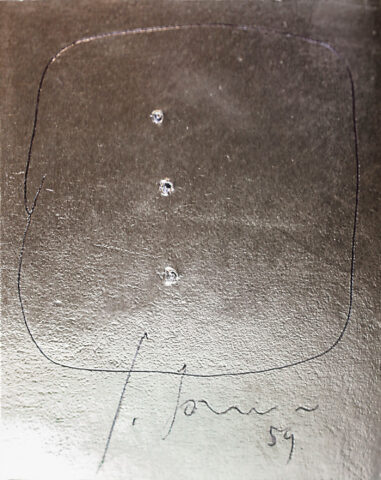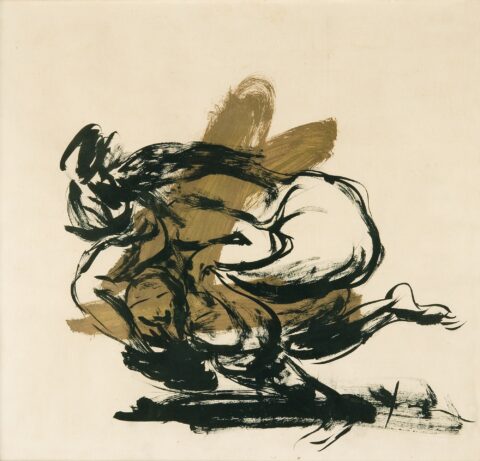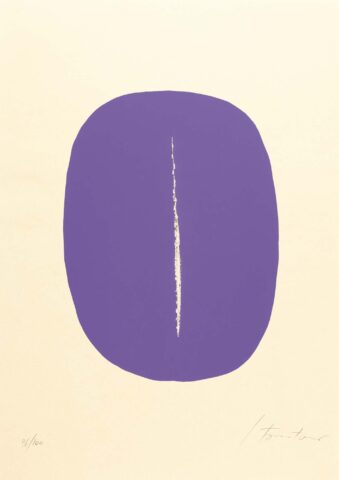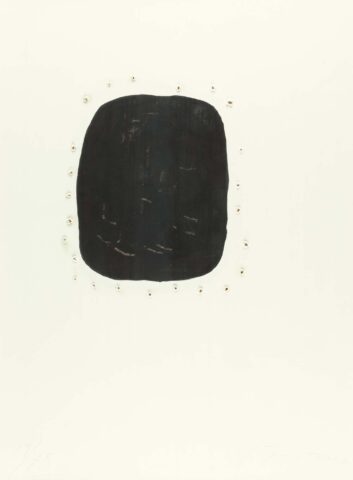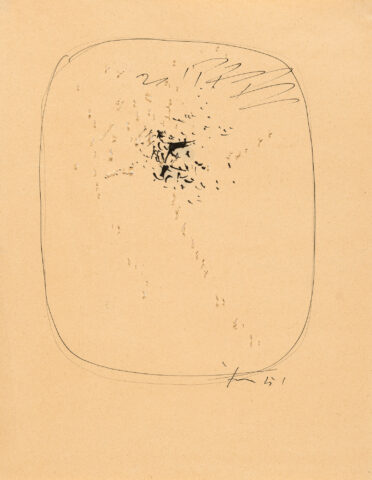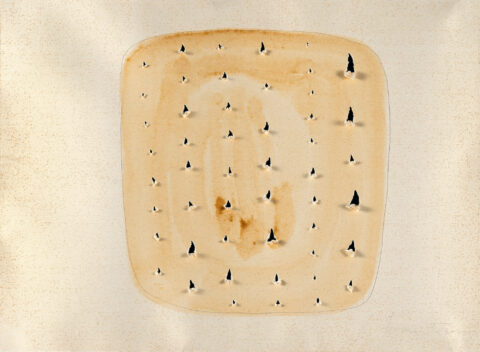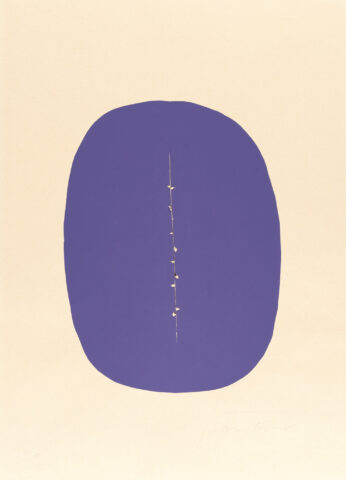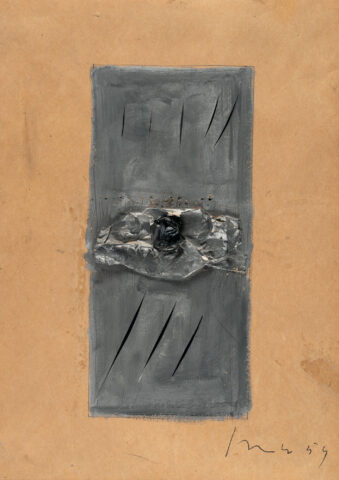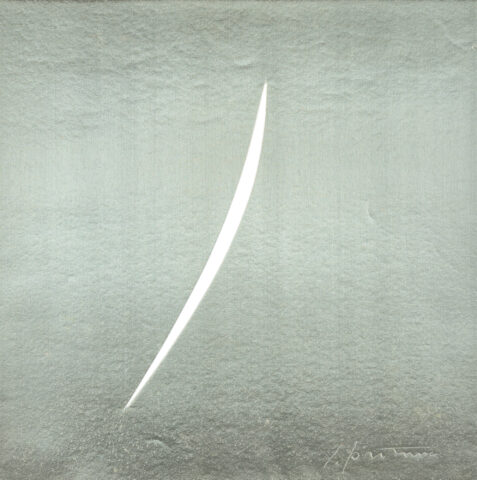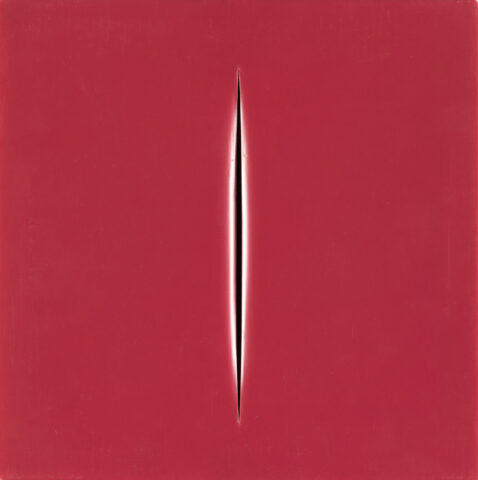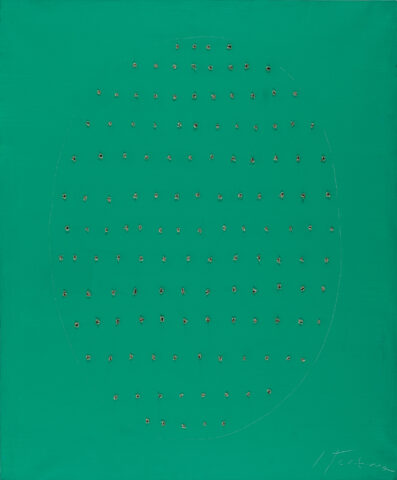Lucio Fontana
Lucio Fontana was born in 1899 in Rosario de Santa Fé. Painter, sculptor and art theorist, who lived and worked both in Italy and Argentina. As the son of sculptor Luigi Fontana, at the beginning he followed his father’s path by opening a sculpture studio in his hometown, and later completing his education at the Brera Academy in Milan (1928-30). In the 30s, Fontana was working mainly in sculpture and ceramic. Since 1934, he was a part of the Abstraction-Création movement, two years later he started to work for the Porcelain Factory in Sèvres. During World War II, Fontana stayed in Buenos Aires. Then, together with students of the Altainira Academy, the artist formulated the Manifesto Blanco (1946), in which he opted for the all-embracing synthesis of the arts and sciences. Consequently, in the following years Fontana extended his reflection in the First and Second Manifestos of Spatialism, and in his artistic practice. Just to note, “Spatial Environment in Black Light”, a pioneering piece of the environment and installation art. Shortly after, he started to explore the medium of painting in “Buchi”, “Carte” and “Attese” series. Besides his association to spatialism, he is often named as protagonist of the Arte Povera movement. Fontana has been featured in numerous collections and displays, including the Venice Biennale (1958), the Documenta in Kassel (1959, 1968), retrospectives at the Guggenheim in New York (1977) and, more recently, at the Parisian Musée d’Art Moderne (2014). His most recent shows have been with the gallery Karsten Greve in Cologne 2021 and in Paris 2020, presenting his ceramic works.



